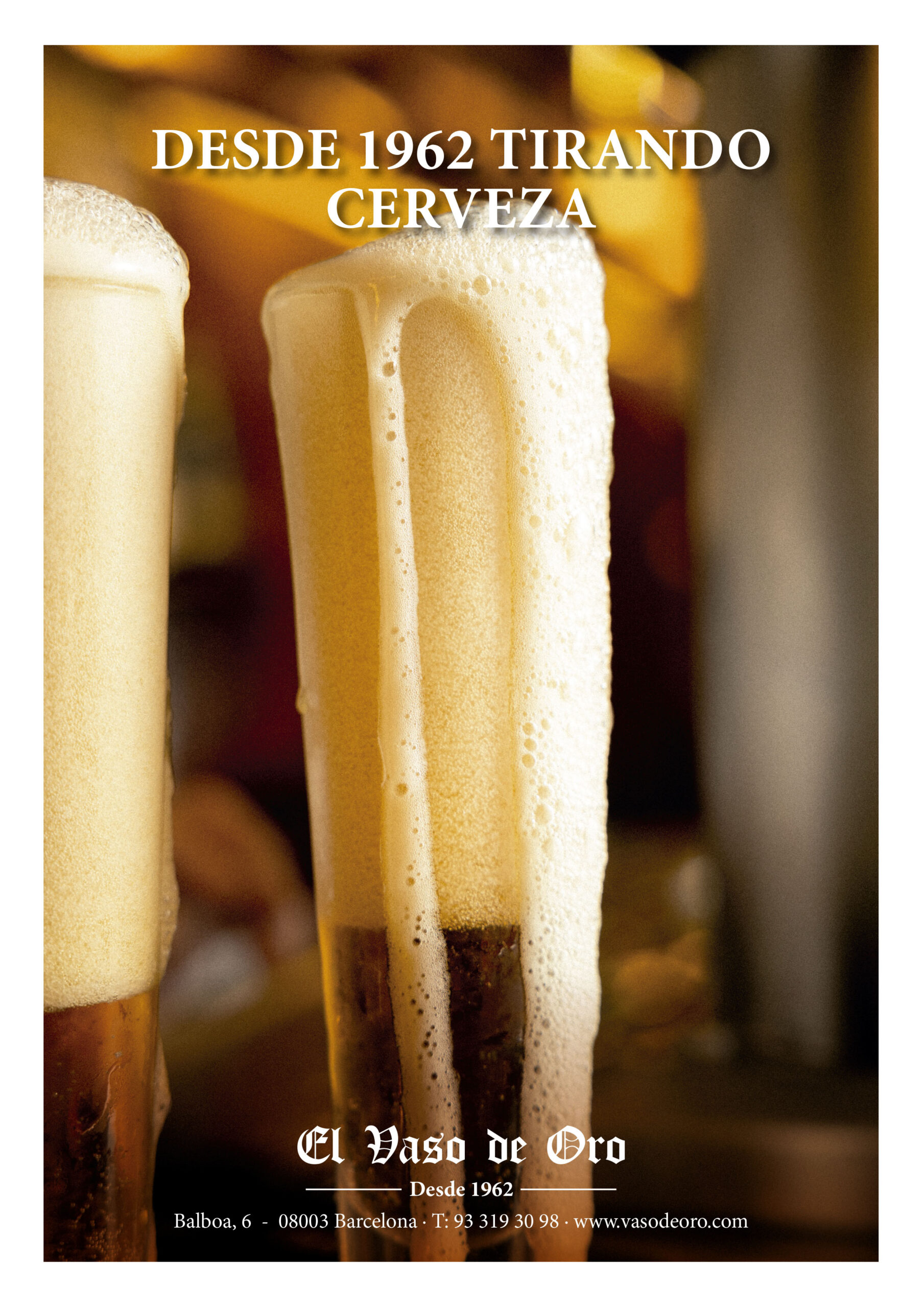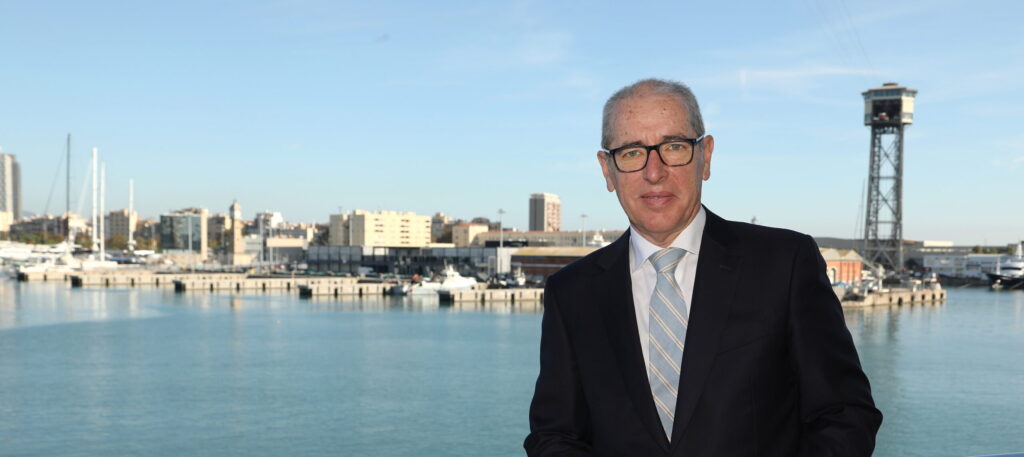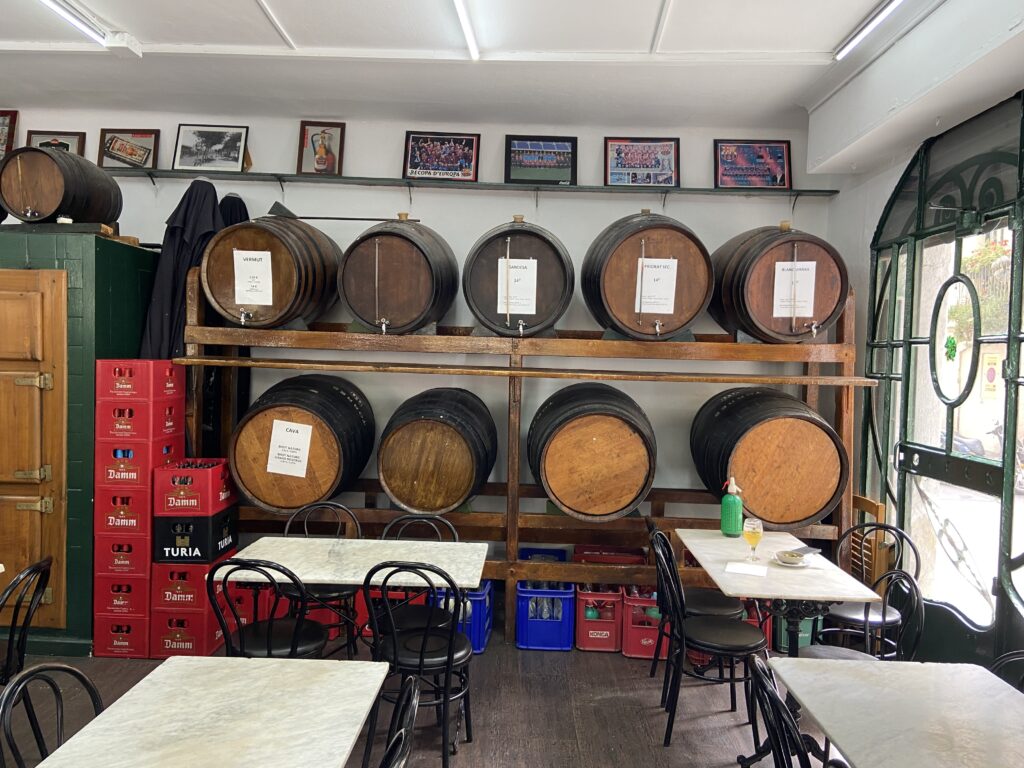It could be the title of a film, but it is the title of a stark and curious reality.
Misery
Only catechists and what we would call NGOs today and were then known as Social Works, cared for the lives of these people. The church built a small school-chapel that only a tiny fraction of the neighbourhood’s children could attend. Priests like Father Isidoro de Melquíriz or Xavier Vallory , or volunteer teachers like Maria Lluïsa Bernades or Pilar Castillo, among many others, cared much more for this community than the authorities. “Not even the police come down here,” the neighbours used to say resignedly when a fight broke out.
An example that describes the profile of a typical family could be the one made by architect Guillem Masana , who prepared a plan and census of the area commissioned by the Obra Social del Somorrostro . It reads verbatim: “Shack number 493. By Vicente Fernández Fernández. Born in Solva (Almería). Works as a junk dealer whenever he can . Married, with 6 children , from 1 to 13 years old . Common people . They don’t have a bed and barely any clothes . There are 2 small rooms , 5×3 meters in total . The wife steals vegetables whenever she can . ”
Streets that were a quagmire, shacks of squalor at the mercy of inclement weather and storms. It is easy to guess that the area was a hotbed of disease, a hotbed of infection, and, on another note, a setting for very early sexual relations that often ended in almost child-bearing maternity wards.
Art Perhaps
Somorrostro is often associated with the art of flamenco left to us by some of its inhabitants. The most notable representative was, without a doubt, Carmen Amaya, a true legend. Also worth mentioning are the deaf-mute dancer Antoñita La Singla , and the maestro Juanito Varea, among others. Literature and cinema, especially the film ” Los Tarantos” , also helped to build this somewhat folkloric parallel image of Somorrostro .
Somorrostro Diaries
In order not to forget the era, the neighborhood, the people. In this publication by Laura de Andrés Creus, written from the personal diaries of Guillem Masana and Montserrat Serra, the social work that young people of the time such as Carme Catà , Pilar Bonfill , Vicenç Sánchez Bubi and Xavier Vallory , among others, did in Somorrostro is described . Initially they did not even know the place, but when they discovered it they decided to help its needy inhabitants, so forgotten by the institutions.










